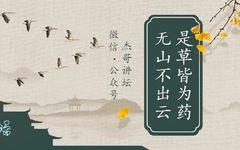Harmony between Yin and Yang in nature leads to favorable weather and abundant harvests.For the human body, a balance of Qi and blood is essential for vitality and to ward off diseases.Just as the clouds and rain nourish the earth, the smooth flow of Qi and active blood are vital for health; when Qi flows and blood is active, how can diseases persist?When there are issues with Qi and blood, it inevitably leads to dysfunction of the organs, causing symptoms like palpitations, shortness of breath, weakened immunity, and a cycle of illnesses, potentially leading to aging and premature death.For someone who is inherently deficient in Qi and blood, the suffering is immense; they often find themselves either taking medication or on IV drips, frequently visiting the hospital, where even a minor cold could be life-threatening.Although the human body is complex, the fundamental elements are simply Qi and blood.As stated in the Huangdi Neijing: “What a person possesses is blood and Qi.” Qi and blood are the essence of life, the source of vitality.They are the material basis for all bodily functions.All organs, bones, meridians, and even hair and skin depend on the nourishment of Qi and blood; without them, there is no life.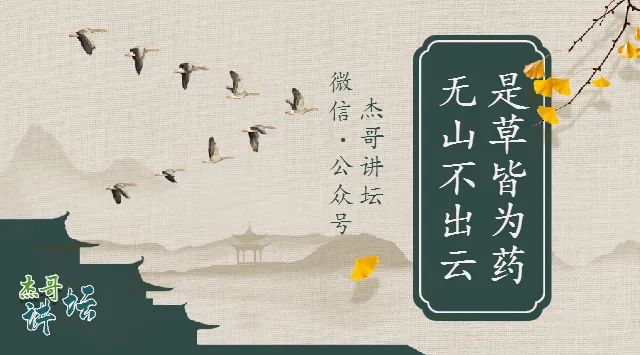 Today, I will introduce a recipe from the Song Dynasty, the Taiping Huimin Heji Ju Fang, known as the Shiquan Dabu Tang.The Shiquan Dabu Tang, also known as Shiquan Yin or Shibu Tang, consists of ten ingredients: 6g of Ren Shen (Ginseng), 3g of Rou Gui (Cinnamon), 6g of Chuan Xiong (Szechuan Lovage), 12g of Shu Di Huang (Rehmannia), 9g of Fu Ling (Poria), 9g of Bai Zhu (White Atractylodes), 3g of Zhi Gan Cao (Honey-fried Licorice), 12g of Huang Qi (Astragalus), 9g of Chuan Dang Gui (Szechuan Angelica), and 9g of Bai Shao (White Peony).This formula is particularly effective for those who are chronically weak, frequently ill, overworked, postpartum with blood loss, or suffering from Qi and blood deficiency and Yin-Yang imbalance.The saying goes, “No one is perfect, and no gold is pure.” Similarly, TCM formulas are not without their flaws; the fact that this formula can be named ‘Shiquan’ indicates its excellence and completeness.Next, let’s delve into the components of this formula.First, this formula is based on the Ba Zhen Tang, to which Huang Qi and Rou Gui have been added. The Ba Zhen Tang is composed of the Four Substance Decoction (Si Wu Tang), known as the premier blood-nourishing formula, and the Four Gentlemen Decoction (Si Jun Zi Tang), recognized as the foremost Qi-nourishing formula, totaling ten ingredients.
Today, I will introduce a recipe from the Song Dynasty, the Taiping Huimin Heji Ju Fang, known as the Shiquan Dabu Tang.The Shiquan Dabu Tang, also known as Shiquan Yin or Shibu Tang, consists of ten ingredients: 6g of Ren Shen (Ginseng), 3g of Rou Gui (Cinnamon), 6g of Chuan Xiong (Szechuan Lovage), 12g of Shu Di Huang (Rehmannia), 9g of Fu Ling (Poria), 9g of Bai Zhu (White Atractylodes), 3g of Zhi Gan Cao (Honey-fried Licorice), 12g of Huang Qi (Astragalus), 9g of Chuan Dang Gui (Szechuan Angelica), and 9g of Bai Shao (White Peony).This formula is particularly effective for those who are chronically weak, frequently ill, overworked, postpartum with blood loss, or suffering from Qi and blood deficiency and Yin-Yang imbalance.The saying goes, “No one is perfect, and no gold is pure.” Similarly, TCM formulas are not without their flaws; the fact that this formula can be named ‘Shiquan’ indicates its excellence and completeness.Next, let’s delve into the components of this formula.First, this formula is based on the Ba Zhen Tang, to which Huang Qi and Rou Gui have been added. The Ba Zhen Tang is composed of the Four Substance Decoction (Si Wu Tang), known as the premier blood-nourishing formula, and the Four Gentlemen Decoction (Si Jun Zi Tang), recognized as the foremost Qi-nourishing formula, totaling ten ingredients.
Si Wu Tang: Composed of Dang Gui (Angelica), Bai Shao (White Peony), Shu Di (Rehmannia), and Chuan Xiong (Szechuan Lovage).
Dang Gui is warm and sweet, entering the heart, liver, and spleen meridians. It nourishes blood, promotes blood circulation, and addresses issues like blood deficiency, blood stasis, and blood stagnation. It is considered a superior blood tonic and essential for nourishing blood.Bai Shao is slightly cold and has a bitter-sour taste, entering the liver and spleen meridians. It has the effect of astringing blood and nourishing the liver. By astringing, it reduces blood loss, and by nourishing the liver, it enhances blood production, as the liver prefers softness and dislikes hardness.Shu Di is the root of Rehmannia, which has a well-developed root system that deeply absorbs the essence of the earth, hence it is also called “Di Sui”. After processing, it is known as Shu Di Huang.Shu Di is warm and sweet, entering the liver and kidney meridians; it nourishes the liver and kidney, replenishing essence and marrow, which is crucial for treating congenital deficiencies and physical weakness.Looking at the first three herbs of Si Wu Tang, they are all powerful blood tonics, also addressing liver and kidney health. However, with so much blood being replenished, could it lead to congestion? Just like rush hour traffic, it can become congested, so we need a blood-moving herb, which is Chuan Xiong.Chuan Xiong is warm and pungent, excellent at promoting circulation; it invigorates blood, moves Qi, and alleviates pain, earning it the title of “Qi herb in blood.” Chuan Xiong ascends to the head and descends to the blood sea, dispersing stagnation and has a strong ability to transform stagnant blood, allowing new blood to be generated and nourish the entire body. Si Wu Tang has been developed by generations of physicians as a foundational formula for nourishing, tonifying, and invigorating blood, resulting in over 800 variations. Thus, it is revered as the “premier blood-nourishing formula of all time.” 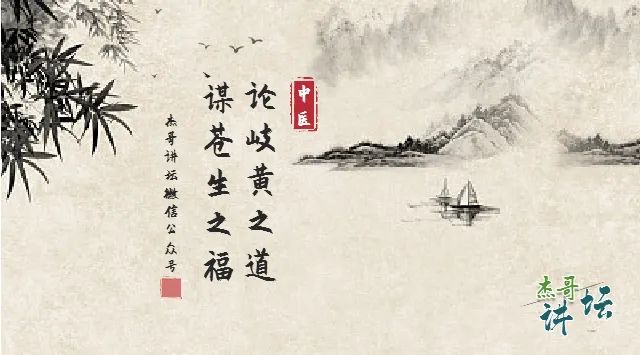 Si Jun Zi Tang: Composed of Ren Shen (Ginseng), Bai Zhu (White Atractylodes), Fu Ling (Poria), and Gan Cao (Licorice).Ren Shen is well-known as a powerful herb that greatly tonifies Yuan Qi. It is not a minor tonic but a major one; even a decoction made solely from Ren Shen can revive Yang and rescue from collapse, demonstrating its strong Qi-replenishing ability.It tonifies heart Qi, treating palpitations; lung Qi, treating fatigue and cough; spleen Qi, treating poor appetite and loose stools; kidney Qi, treating kidney deficiency and shortness of breath; and liver Qi, stabilizing the pulse. Thus, Ren Shen nourishes all five organs.For those who find Ren Shen too strong, Dang Shen can be used as a substitute, with a recommended dosage of 15g; if budget allows, wild ginseng can be purchased.Bai Zhu is warm and sweet, entering the spleen and stomach meridians, tonifying spleen Qi and central Qi, and is the best herb for strengthening the spleen.“The spleen is the foundation of postnatal life and the source of Qi and blood production.” The body requires nourishment from food, which is processed by the spleen and stomach to generate Qi and blood, nourishing the entire body; without this intake, life cannot be sustained.The spleen governs the muscles; all fatigue, weakness, and lack of energy stem from spleen deficiency.Fu Ling is neutral and bland, entering the heart, lung, spleen, and kidney meridians. Its main functions are to promote urination, strengthen the spleen, and calm the mind. It can dispel dampness and support righteous Qi, and its properties are gentle.The bland taste has a unique ability to drain dampness, clearing excess moisture and oils from the body, effectively reducing acne and aiding weight loss.The spleen prefers dryness and dislikes dampness; Fu Ling promotes urination and dampness drainage, enhancing the spleen’s function, often used in conjunction with Bai Zhu for a synergistic effect.
Si Jun Zi Tang: Composed of Ren Shen (Ginseng), Bai Zhu (White Atractylodes), Fu Ling (Poria), and Gan Cao (Licorice).Ren Shen is well-known as a powerful herb that greatly tonifies Yuan Qi. It is not a minor tonic but a major one; even a decoction made solely from Ren Shen can revive Yang and rescue from collapse, demonstrating its strong Qi-replenishing ability.It tonifies heart Qi, treating palpitations; lung Qi, treating fatigue and cough; spleen Qi, treating poor appetite and loose stools; kidney Qi, treating kidney deficiency and shortness of breath; and liver Qi, stabilizing the pulse. Thus, Ren Shen nourishes all five organs.For those who find Ren Shen too strong, Dang Shen can be used as a substitute, with a recommended dosage of 15g; if budget allows, wild ginseng can be purchased.Bai Zhu is warm and sweet, entering the spleen and stomach meridians, tonifying spleen Qi and central Qi, and is the best herb for strengthening the spleen.“The spleen is the foundation of postnatal life and the source of Qi and blood production.” The body requires nourishment from food, which is processed by the spleen and stomach to generate Qi and blood, nourishing the entire body; without this intake, life cannot be sustained.The spleen governs the muscles; all fatigue, weakness, and lack of energy stem from spleen deficiency.Fu Ling is neutral and bland, entering the heart, lung, spleen, and kidney meridians. Its main functions are to promote urination, strengthen the spleen, and calm the mind. It can dispel dampness and support righteous Qi, and its properties are gentle.The bland taste has a unique ability to drain dampness, clearing excess moisture and oils from the body, effectively reducing acne and aiding weight loss.The spleen prefers dryness and dislikes dampness; Fu Ling promotes urination and dampness drainage, enhancing the spleen’s function, often used in conjunction with Bai Zhu for a synergistic effect.
Gan Cao harmonizes the other herbs and is a classic herb in TCM.
Firstly, Gan Cao is sweet and enters the spleen, having the effect of tonifying spleen Qi. Secondly, it harmonizes the other herbs, tempering those that are too strong and ensuring that all herbs work together effectively.The reason these four herbs are called Si Jun Zi Tang is due to their balanced properties; they are neither hot nor cold, resembling the nature of food. They embody the virtues of nurturing the earth and fostering all things.Finally, we have Huang Qi and Rou Gui.Huang Qi has significant effects; TCM believes that tangible blood cannot be quickly replenished, but intangible Qi can be rapidly generated, hence the emphasis on Qi-replenishing herbs to enhance the strength of Qi and subsequently nourish blood.Huang Qi is also known as “small ginseng”; if Ren Shen nourishes the Qi of the five organs, Huang Qi nourishes the defensive Qi of the body.Huang Qi enhances Qi and stabilizes the exterior, strengthening the body’s protective functions, which translates to boosting immunity. As stated in the Huangdi Neijing: “When righteous Qi is preserved internally, evil cannot invade.”Rou Gui has two major effects: it warms kidney Yang, entering the kidney to replenish the fire of life, warming the meridians, dispelling cold, and ensuring warmth throughout the body without easily causing excessive Yang.Secondly, it invigorates heart Yang, making it suitable for those with insufficient heart Yang who experience anxiety, palpitations, and restlessness. The question arises: how to take it? The Shiquan Dabu Tang can be boiled directly in water or used in soups with chicken, old duck, or pork bones. One dose can be divided into two or three servings throughout the day, or a pot can be made for the whole family to enjoy, as it tastes quite good.Overall, the Ba Zhen Tang is more of a gentle tonic, suitable for a wide range of people, especially those who are weak and cannot tolerate strong tonics, and can be taken long-term.The Shiquan Dabu Tang is a stronger warming tonic for Qi and blood, suitable for those with internal Qi deficiency, cold pathogens invading the body, and symptoms like shortness of breath, spontaneous sweating, dizziness, palpitations, and fatigue. It is particularly beneficial for those with both Qi and blood deficiency along with Yang deficiency. However, it is not suitable for those with excess heat or Yin deficiency with excess fire.If someone wishes to use the Ba Zhen Tang, adjustments to the formula are necessary.For example, Dang Gui 10g, Chuan Xiong 6g, Bai Shao 10g, Shu Di 15g, Dang Shen 12g, Bai Zhu 10g, Fu Ling 10g, and Zhi Gan Cao 10g. When preparing the soup, two slices of fresh ginger and 3-4 red dates can be added. For those with Yin deficiency and blood heat, Shu Di can be replaced with Sheng Di or adjusted according to individual conditions.It is best to purchase from reputable pharmacies; do not always seek cheap options, as legitimate TCM herbs come with inspection reports.
The question arises: how to take it? The Shiquan Dabu Tang can be boiled directly in water or used in soups with chicken, old duck, or pork bones. One dose can be divided into two or three servings throughout the day, or a pot can be made for the whole family to enjoy, as it tastes quite good.Overall, the Ba Zhen Tang is more of a gentle tonic, suitable for a wide range of people, especially those who are weak and cannot tolerate strong tonics, and can be taken long-term.The Shiquan Dabu Tang is a stronger warming tonic for Qi and blood, suitable for those with internal Qi deficiency, cold pathogens invading the body, and symptoms like shortness of breath, spontaneous sweating, dizziness, palpitations, and fatigue. It is particularly beneficial for those with both Qi and blood deficiency along with Yang deficiency. However, it is not suitable for those with excess heat or Yin deficiency with excess fire.If someone wishes to use the Ba Zhen Tang, adjustments to the formula are necessary.For example, Dang Gui 10g, Chuan Xiong 6g, Bai Shao 10g, Shu Di 15g, Dang Shen 12g, Bai Zhu 10g, Fu Ling 10g, and Zhi Gan Cao 10g. When preparing the soup, two slices of fresh ginger and 3-4 red dates can be added. For those with Yin deficiency and blood heat, Shu Di can be replaced with Sheng Di or adjusted according to individual conditions.It is best to purchase from reputable pharmacies; do not always seek cheap options, as legitimate TCM herbs come with inspection reports.
If you have questions, feel free to add me on WeChat: jiege8110
Warm reminder: This account aims to promote TCM culture; the TCM knowledge mentioned in this article is for learning and exchange purposes only.
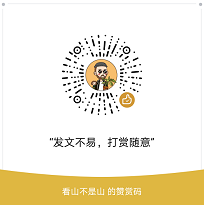
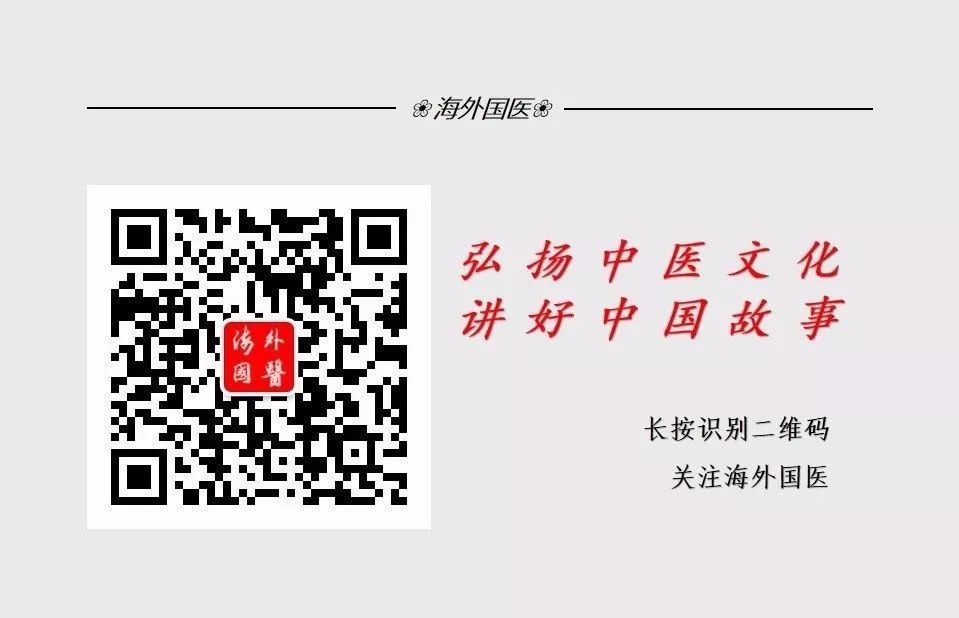
Click “Read the original text“↙ to see more exciting content.
Recommended Reading
The 4th World TCM Service Trade Conference “3rd Overseas National Medicine Forum” (offline and online cloud meeting) agenda
-
Incredible! A global survey report reveals, “TCM will be the most advanced medicine in the world.”
-
Zhang Zhongjing’s 46 classic formulas with three herbs, each carefully selected and shared with everyone.
-
A wonderful formula that treats tinnitus, relieves tightness in the lower back, and alleviates leg soreness.
-
For stroke, hemiplegia, and paralysis, a formula that replenishes 50% of Yang Qi to treat hemiplegia.

